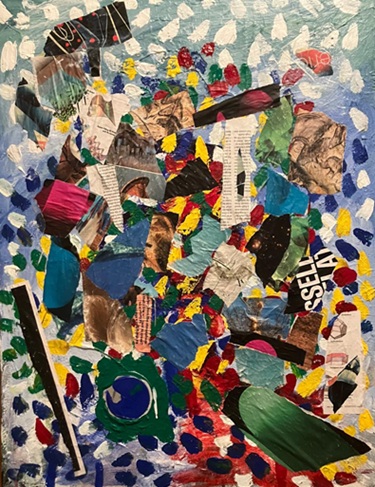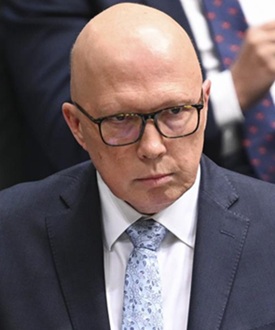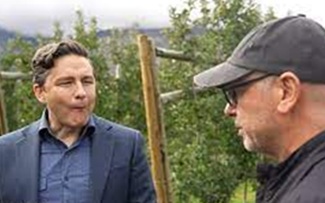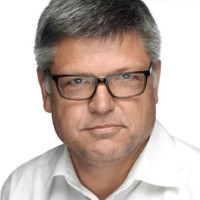Greg Barns on the Australian Federal Election on or before 17 May 2025 — and the Canadian Federal Election possibly (or even probably?) before then in 2025?
Jan 13th, 2025 | By Greg Barns | Category: In BriefGREG BARNS SC. HOBART, MELBOURNE, BRISBANE, PERTH, AUSTRALIA. MONDAY, JANUARY 13, 2025. Not for the first time the political landscapes in Australia and Canada are worthy of comparison. This year both nations are holding elections and the opposition parties, the Conservatives in Canada and the Liberals in Australia, are led by right wing populists. The incumbent centre left governments in both nations are under siege, albeit the Australian Labor Party (ALP) led by Prime Minister Anthony Albanese has only been in office 3 years, unlike the Liberals in Canada who have been in power since the autumn of 2015 and last week lost their leader Justin Trudeau.
Another point of difference is that the polls in Canada show that the Conservative’s Pierre Poilievre is likely to win in a landslide ; his counterpart in Australia Peter Dutton would, at best, form a minority government.
When I refer to this not being the first time a neat comparison can be made between the political landscape of both nations, I refer to the political strategy used by the Conservative Prime Minister Stephen Harper two decades ago which was a carbon copy of that used with devastating effect by Australia’s John Howard. Mr Howard, Prime Minister from 1996 to 2007, ran a divisive strategy of appealing to ‘ordinary Australians’ or ‘battlers’ as he called them, as opposed to liberal ‘elites’. To Canadian readers this language will sound familiar given it was adopted by Mr Harper when he was Prime Minister from 2006 to 2015.
Plus ca change. Mr Dutton, last weekend, set out his stall and outlined his ‘vision’ for Australia. It was peppered with references to attacking ‘wokeness’, a homage to his working class upbringing (he was a police officer before entering politics) and therefore his capacity to identify with Australians who are struggling to make ends meet because of the rise in the cost of living in the post covid world and migration.
There is also a Trumpian note in the Dutton rhetoric given the Liberal’s traditional alliance with big business. As David Smith, Associate Professor in American Politics and Foreign Policy at the US Studies Centre at the University of Sydney, wrote last year, “Dutton’s declaration earlier this year that the Liberal Party is “not the party of big business” but “the friend of the worker” marks a notable rhetorical shift, even if there is reason to doubt the substance behind it.”
One would be forgiven for thinking that Mr Dutton’s advisers are cutting and pasting Mr Poilievre’s strategy, or vice versa on this issue. Ginny Roth, a Conservative strategist wrote recently that Mr Poilievre’s “overall tone he has adopted towards big business” is hostile. “Rather, he claimed that if he becomes prime minister his “daily obsession” will be to advance the interests of the “working-class” people of this country”, Roth observed.
And both leaders are joined at the hip on migration. Since Mr Albanese was elected in 2022 migration to Australia has increased. The ABC, Australia’s national broadcaster, reported last month that Australia’s migrant population will rise above the government’s expectations by 80,000 people, 340,000 as opposed to the forecast 260,00 over the financial year (in Australia July 1 to June 30). Both Mr Dutton and Mr Poilievre have relentlessly attacked migration levels and got away with failing to outline how labour and skills shortages in Australia and Canada would be addressed in the absence of migration.
The ’elites’ and ‘wokeness’ cards are in the pack of both conservative forces, as they always are. In 2023 Mr Albanese championed a referendum to change Australia’s Constitution so as to allow for a mechanism called The Voice, designed to give First Nations Australians a genuine say in government policy. It failed and was opposed by Mr Dutton. The narrative pushed by Mr Poilievre and Mr Dutton is that ‘ordinary’ people want a focus on bread and butter issues not on matters such as racial and sexual diversity.
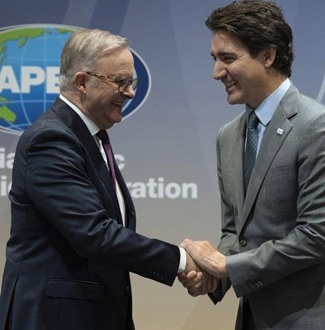
Former ALP strategist Lidija Ivanovski, writing in the Australian Financial Review last week, has, better than anyone else, summed up the parameters of the contest between Mr Albanese and Mr Dutton this way :
“Albanese wants to frame the contest as being about the future. He’ll argue his government has spent the first term laying the foundations for a better future with higher wages, cheaper energy, affordable housing as well as accessible healthcare, aged care and childcare – if only he’s given a second term to lock it all in.
“Dutton wants to frame the election solely and simply around fury. He’s betting everything on voters being too angry about the cost of living to care about the promise of a better future. He wants them thinking only of the present – and he wants their protest vote to make him prime minister.”
To Canadian readers, sound familiar?
While there are many similarities between this year’s Canadian and Australian elections, there are key differences worth noting in the Australian context. One is the welcome rise of a genuine liberal force called the Teals, and the other the rise of the Greens. The former has taken votes from the Liberal Party, the latter from the ALP.
As I have argued for many years, including on this site and in my 2019 book Rise of the Right’ The War on Australia’s Liberal Values, what Australia has lacked in terms of political offerings is a genuinely liberal force – a party that is economically and socially liberal.
In the 2022 election a number of independent candidates running under the banner of the Teals, and funded by climate change campaigner and scion of a wealthy family, Simon Holmes à Court, won what had previously been Liberal seats. They have successfully appealed to generally higher income voters. These Teal MPs, currently numbering 7 in the lower house (the House of Representatives) and 1 in the upper house (the Senate), are likely to be re-elected, although one MP has had their seat abolished. Alongside the Teals on the cross benches are the Greens. A formidable political force in Australia for over two decades, the Greens have 4 House of Representatives seats and 11 seats in the Senate. They may win more in this election at the expense of the ALP.
It is highly likely, and again on current forecasts this is in contrast to Canadia, that the outcome of the Australian election will be a minority ALP, or minority conservative government. Given the political hue of the Greens, Teals and handful of other independents in House of Representatives, the former is more likely.
While the ALP is in better shape than the Liberals in Canada, the elections in both nations are being fought on similar territory with the populist right looming as a threat.
Greg Barns is a former adviser to Liberal governments in Australia and the author of Rise of the Right: The War on Australia’s Liberal Values (2019).
